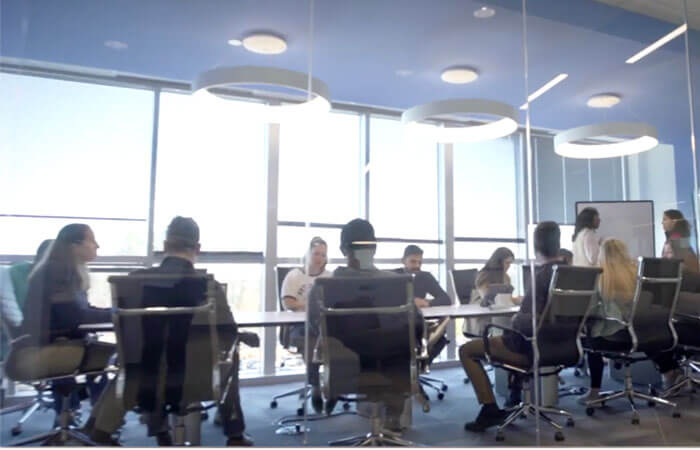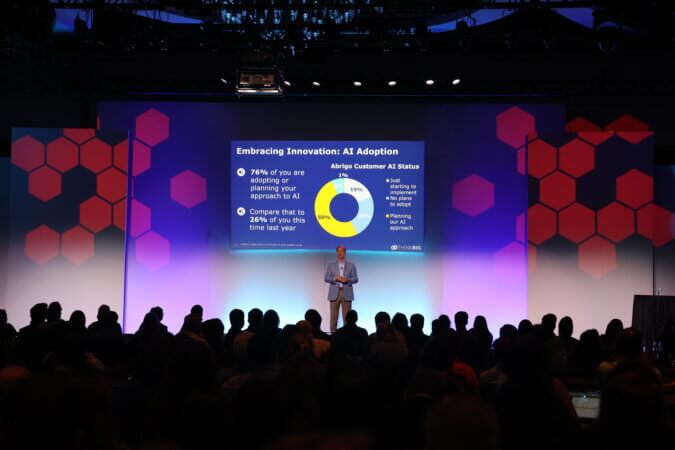5. Plan for liquidity risks and rate changes
If the last two years taught anything, it’s that liquidity risks can move faster than institutions are ready for. At ThinkBIG 2025, bankers revisited past lessons and got advice for ensuring models, policies, and assumptions are ready for whatever is ahead.
Speakers encouraged institutions to revisit their stress-testing and funding frameworks now—not when rates or deposits move. The more tightly connected your data and decision-making processes are, the faster your institution can adapt to what’s next, said Dave Koch, Managing Director of Abrigo Advisory Services.
Treasury specialists from Bloomberg emphasized that disjointed systems and manual processes remain top challenges for liquidity forecasting. But they also pointed to AI and machine learning as tools to close the gap.
6. Technology and human connections: The formula for remaining relevant
At ThinkBIG 2025, one idea cut across discussions of AI, risk, credit, and compliance: Connection—among bankers, between departments, and with customers—isn’t just a cultural asset. It’s a strategic one that can help financial institutions compete with a growing list of competitors in an uncertain environment.
Panelists and attendees shared how they’re pairing technology, including AI, not to replace staff but to free them up so bankers can focus on judgment calls, personal interactions, and local market nuance.
“We want to help you be more efficient, stay compliant, manage risk, and surface the insights buried in your data so you can make better decisions,” said Abrigo CEO Jay Blandford.
Financial institutions may not be able to avoid every pothole. But they can prepare so that their bank or credit union is sturdy enough to absorb the shocks.
“We’re not just a vendor—our role is to be on board with you," he said. "With the right people, technology, and data, you can spot the rough patches early and stay focused on the destination, while others are stuck fixing flats."
Financial institutions that use technology to better meet customer and operational needs can still center their people and processes on what remains core: asking the right questions, listening carefully, and acting intentionally.







